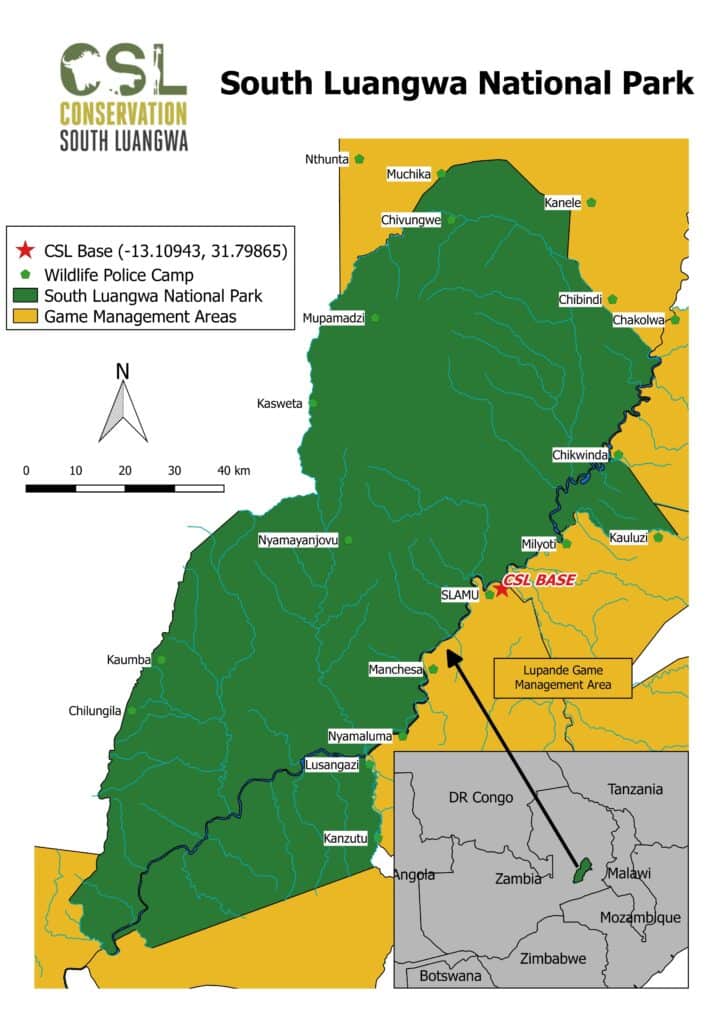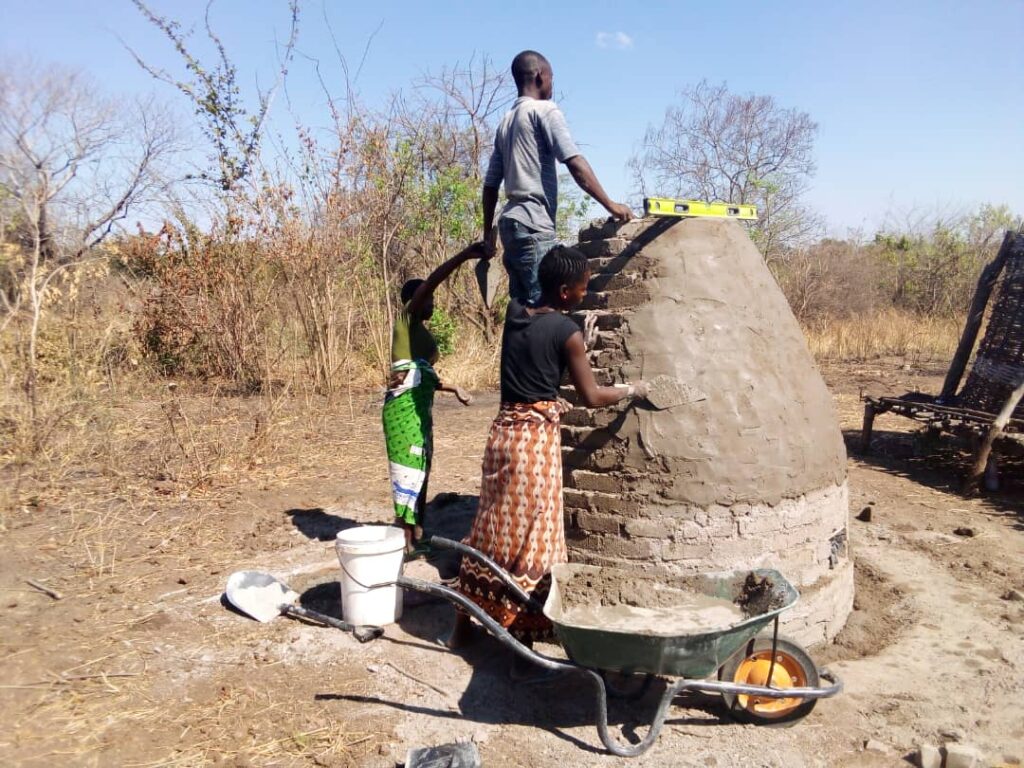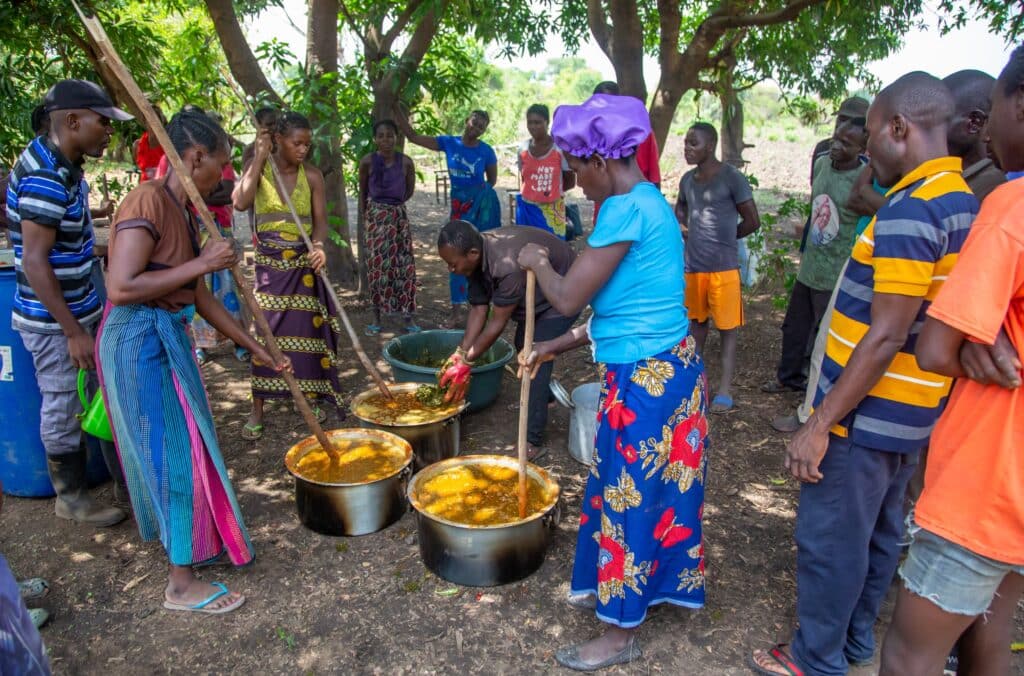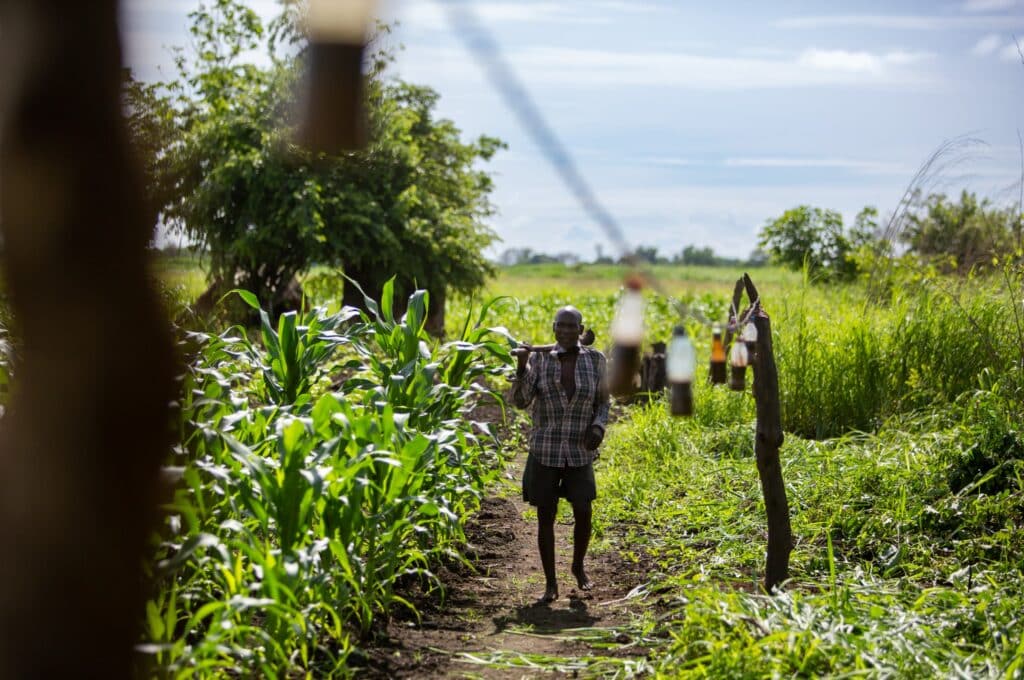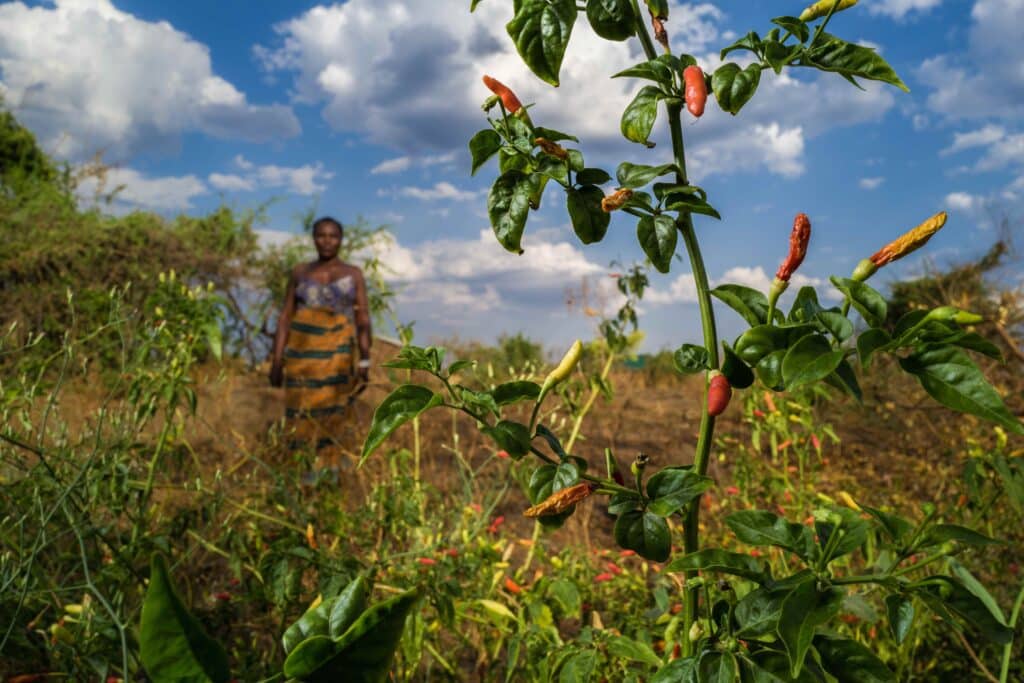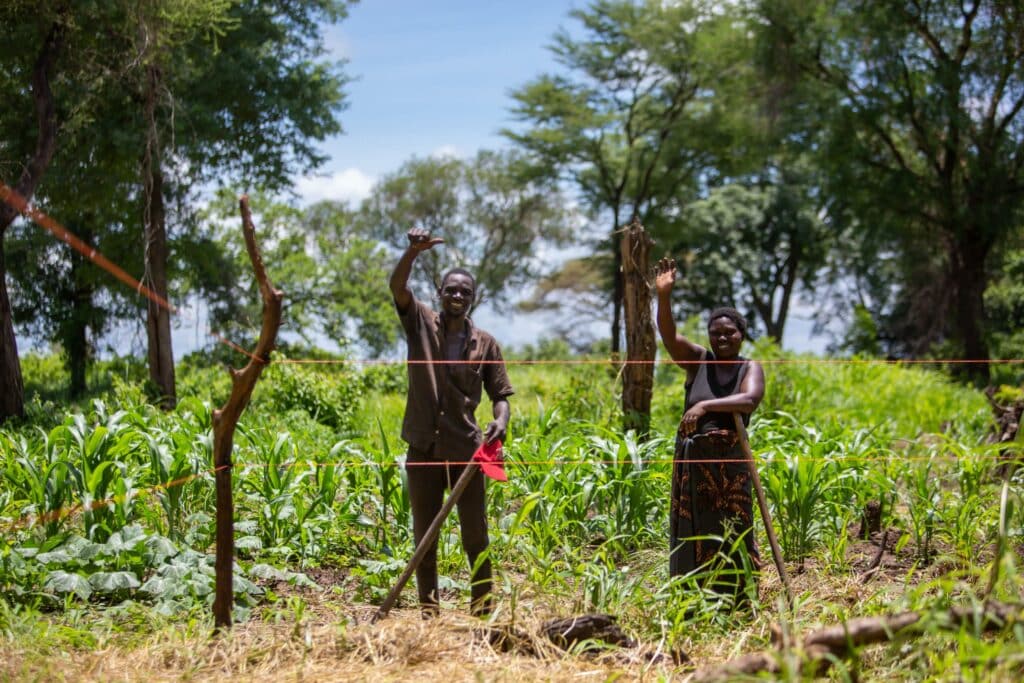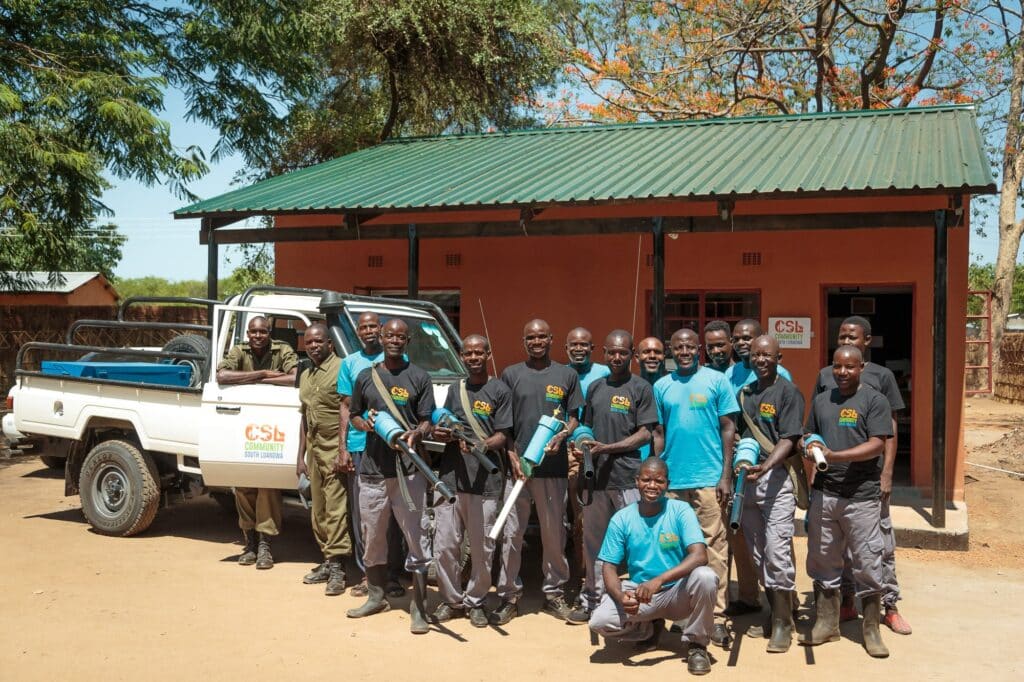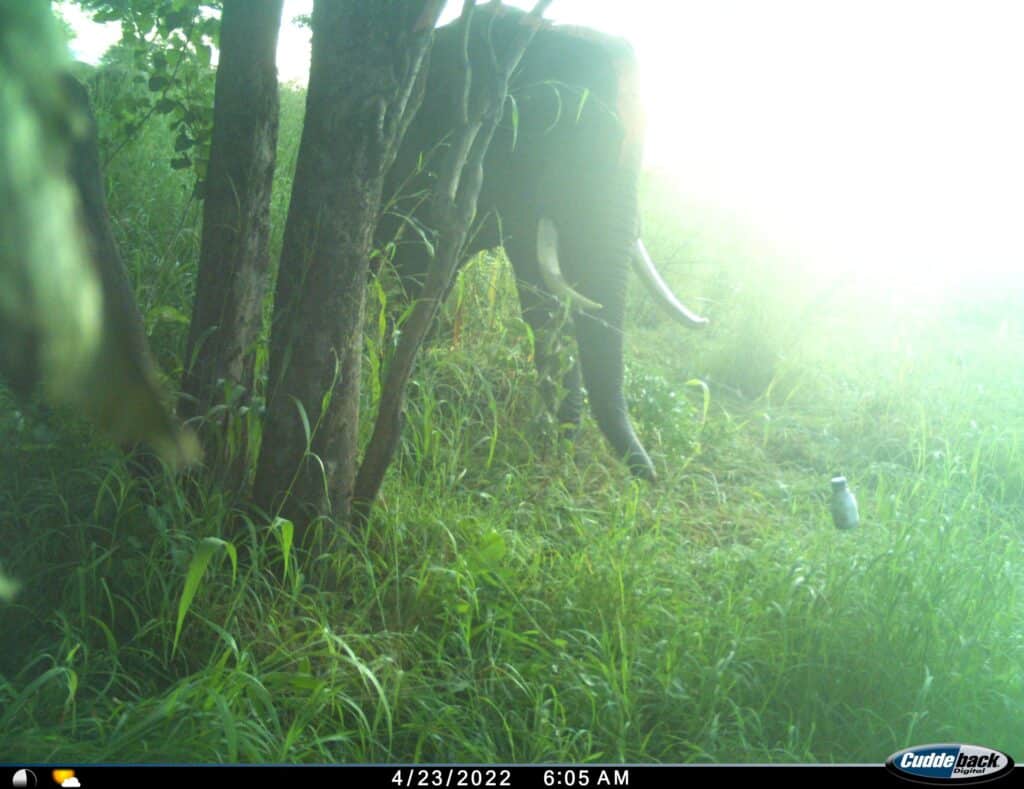The picturesque landscapes of Luangwa Valley, located in Eastern Zambia, are teeming with biodiversity, including a large population of elephants. South Luangwa covers approximately 14,000km² and is also home to South Luangwa National Park. Here, coexistence of elephants and human communities has become increasingly strained due to rising human-elephant conflict (HEC) incidents.
The surge in population growth and inadequate land use planning has resulted in unplanned human settlements and increased farming in previously unpopulated areas. Just as they have always done, elephants continue to venture beyond the natural boundaries of the national park, regularly crossing the Luangwa River and coming into direct contact with villages and farms. In these rural areas where formal employment opportunities are scarce other than tourism and conservation related jobs, subsistence farming serves as the main source of household income. HEC results in crop and property damage, posing threats to both human lives and the well-being of elephants, and financial losses for farmers.
Conservation South Luangwa (CSL), in partnership with the Zambian Department of National Parks and Wildlife (DNPW), has been addressing this conflict with support from the Elephant Crisis Fund (ECF). In 2021, CSL received its first human-elephant coexistence grant from the ECF, enabling it to make significant progress in mitigating HEC challenges. It established a Rapid Response Unit (RRU) which swiftly responds to crop raiding incidents and trains farmers in effective strategies and a chili patrol team that fires small ‘chili balls’ at elephants to chase them safely from farms. It also supported the construction of 35 elephant-safe grain stores, similar to those near the Serengeti National Park in Tanzania, to safeguard precious harvests from elephants.
Additionally, a six-kilometre trial fence, consisting of a solar electric fence, ‘smelly elephant fence’ and watchtowers were constructed in Kakumbi Chiefdom. The results indicated that the solar electric fence and the smelly fence significantly reduced crop damage by elephants. This initial phase proved successful in minimizing HEC incidents. Inspired by these achievements, the ECF awarded CSL another grant in 2022 to continue this vital work and expand their impact.
Building on Previous Successes
The ‘smelly’ fence mitigation
One of the key mitigation strategies employed is the implementation of ‘smelly’ fences. This elephant deterrent, pioneered by ECF grantee WildAid Africa, is made by combining used chili, elephant or cow dung, neem, ginger, onions, garlic, rotten eggs, and cooking oil to form a repugnant mixture which repels elephants.
The success of this trial in 2021 paved the way for the expansion of over 15 kilometers of smelly fencing, protecting farming blocks in four chiefdoms bordering the park. Through the provision of low-cost and readily available materials, CSL trains and empowers farmers to implement similar fence structures in order to protect their crops effectively. By providing communities with practical tools and knowledge, CSL is not only addressing immediate crop protection needs but also fostering a sense of ownership and empowerment among farmers.
In 2022, the farmers involved in the project harvested over 3.3 tonnes of chillies, generating more than $3,800 in sales. Not only did CSL help connect the farmers to buyers, but it also purchased some of the chillies, which are a key ingredient used to make the ‘smelly elephant repellent’.
These smelly fences are now being used in combination with solar electric fences, as a cost-effective solution. This combination provides a cheaper and more sustainable alternative to solely solar-powered fences.
The Rapid Response Unit
The HEC Rapid Response Unit (RRU) has played a crucial role in tracking crop raiding and problematic elephants and addressing conflict incidents, most importantly by providing a rapid response to serious threats to human lives and loss of livelihoods. The RRU team, consisting of DNPW Wildlife Police Officers, CSL supported Community Scouts and CSL Coexistence field officers, has been working tirelessly to respond to HEC incidents and mitigate potential dangers.
Future Plans
In addition to these mitigations, plans are underway to establish and support a beekeeping cooperative in Kakumbi Chiefdom, similar to one near the Upper Kitete corridor in Tanzania. The cooperative will participate in a beehive fencing trial as an alternative method to deter elephants. Beehive fences were designed by Dr. Lucy King of Save the Elephants in Kenya, as an effective method of protecting farms from elephants.
Although the recent progress is encouraging, the HEC issue remains complex and ongoing. Continued efforts, including further research, community engagement, and innovative mitigation techniques, are crucial to ensuring the long-term coexistence of humans and elephants in South Luangwa. Collaboration between Conservation South Luangwa, Zambia’s Department of National Parks & Wildlife, as well as farmers and community leaders, has been instrumental in the progress achieved.
